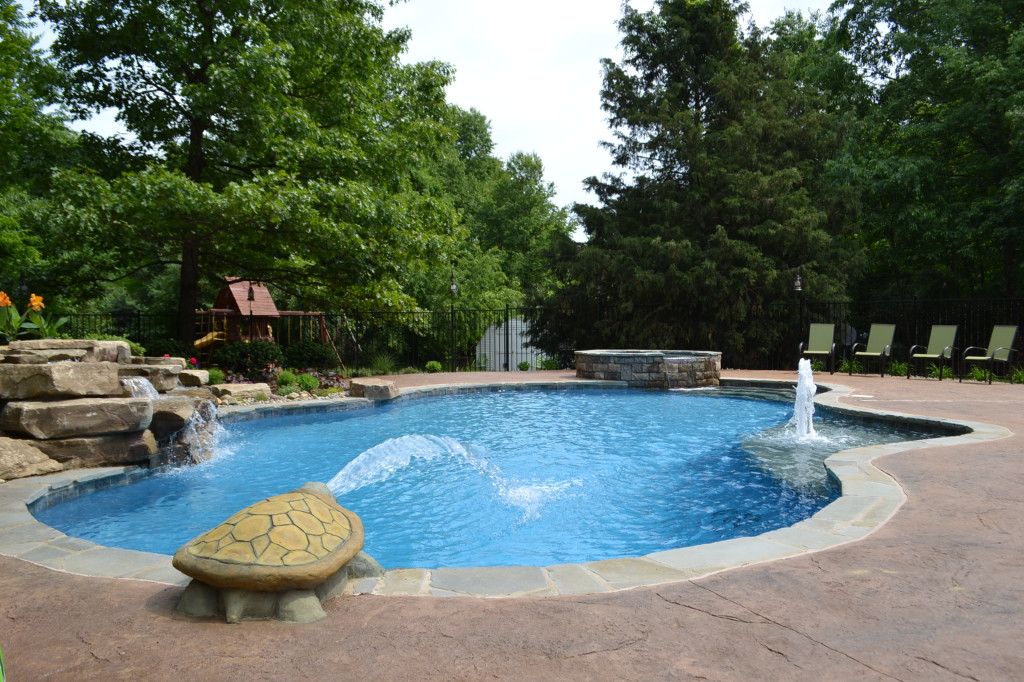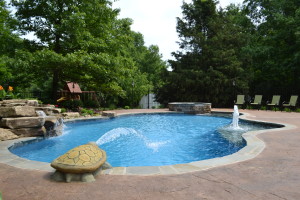
 Testing Your Water
Testing Your Water
Owning a pool can seem like a big investment, both financially and mentally. However, it doesn’t have to be. With the proper training from a pool service technician and routine, anybody can become a successful pool owner and master what he or she needs to keep their pool looking and working great.
“If you want to have a great pool experience, you need to follow proper technique and use quality test strips.” says Al from Ask the Pool Guy.
Getting a bad read on a water test sample might not mean what you think. If your test is incorrect but you treat your water anyways, your pool chemistry will be even more out of whack.
Consider these four steps to guarantee accurate test results and to become a more successful pool owner:
- Don’t just test one area of the pool. If you are stepping down into your pool and inserting the test strip right by the steps, in the shallow end of the pool every single time, that sample is not accurately representing your whole body of water.So where do you test then? Simply use a plastic bottle or cup and take a sample of water at least a foot deep from the middle of the pool- away from return lines and skimmers. That should give you a more accurate test which you can then use to determine your water chemistry.

- Follow directions! It sounds simple but it’s easy to mess up. If you’re use to using a certain brand of test strips that require a quick dip in the water, your next brand of test strips might want you to swirl the strip in the water. These little steps can really impact the reading of your water chemistry and throw off your treatment plan. Make sure to read all directions before testing your water.It’s important to note that test kits don’t last forever. It’s a good idea to replace them once a year.
- Make sure you, or someone you know, can accurately see the color differences. If you’re wearing sunglasses or are in a shaded area your test strip results are going to look different. Some people have trouble with colors and that can cause trouble matching color blocks. If you aren’t sure, ask a friend or re-test your water before treating.
- Be aware that chemicals can interfere with your water testing. For example: chlorine that exceeds 10ppm or bromine higher than 20ppm can bleach the pink color of a DPD color-matching sanitizer test. That will cause false readings. Generally speaking, if you are noticing odd results be aware there are a range of options for your test strips to be off color. Take into consideration all of these factors before treatment.
As always, your local pool service team at Ask the Pool Guy would be happy to perform scheduled maintenance for your pool, or talk over water testing with you. Give us a call today!
